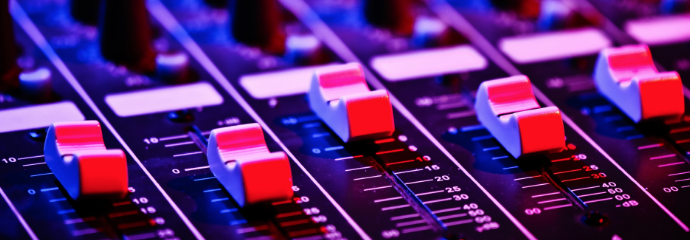 Image via Wikipedia(Large text for class projection)
Image via Wikipedia(Large text for class projection)BAROQUE ERA (1600-1750)
Text: Kamien: A Music Appreciation
Review Major Characteristics of Baroque Music (pg 97)
- Mood
- Rhythm
- Terraced Dynamics
- Polyphonic Texture
- Monophonic in Opera
- Chords and Basso Continuo
- Text and Music
Musical Form: How music is organized
Movements
Many compositions of the Baroque era had several movements. For example, a Bach suite had several movements, each representing a dance style popular in the Baroque Era. Usually there is a pause between movements. In a suite, the different movements usually contrasted. There might be a quick and happy movement, a slower movement, a rousing fast movement.
Musical expressions:
Concerto Gross0 and Ritonello (pg 103)
The concerto grosso usually had a small group of soloists musically pitted against the orchestra. (Remember at this time, the orchestra was made of roughly thirty players). The entire orchestra playing is called "Tutti". There were often three movements: fast, slow, fast. The entire orchestra would play, then the soloist/small ensemble. Different types of textures were created, and there was much contrast.
(See example on pg 103)
Bach's Brandenberg Concerto
Six works for the Musgrave of Brandenberg who had met Bach and requested music from the composer. The piece has a small ensemble of a flute, violin, and harpsichord playing with the orchestra. Possibly first time the harpsichord was used as a solo instrument.
(CD Example pg 104 Audio clip)
The Baroque Suite
The Baroque Suite essentially was the party music of the wealthy Baroque aristocrats, who enjoyed lavish balls and parties. Dances were from all around Europe, from the French Gavotte to the German Allemande. Contrast in movements was important. A suite could have movements in triple, duple, or quadruple meter, depending on the the dance style.
Some popular dances of the Baroque Period (audio examples):
Some popular dances of the Baroque Period (audio examples):
Each of these dances has specific rhythmic, metrical, harmonic, and melodic characteristics which Baroque composers copied into their music. The beginning of a suite did not always start with a dance-like movement. Sometimes the work would start with an Overture.
(See next blog for info on fugues)




Comments